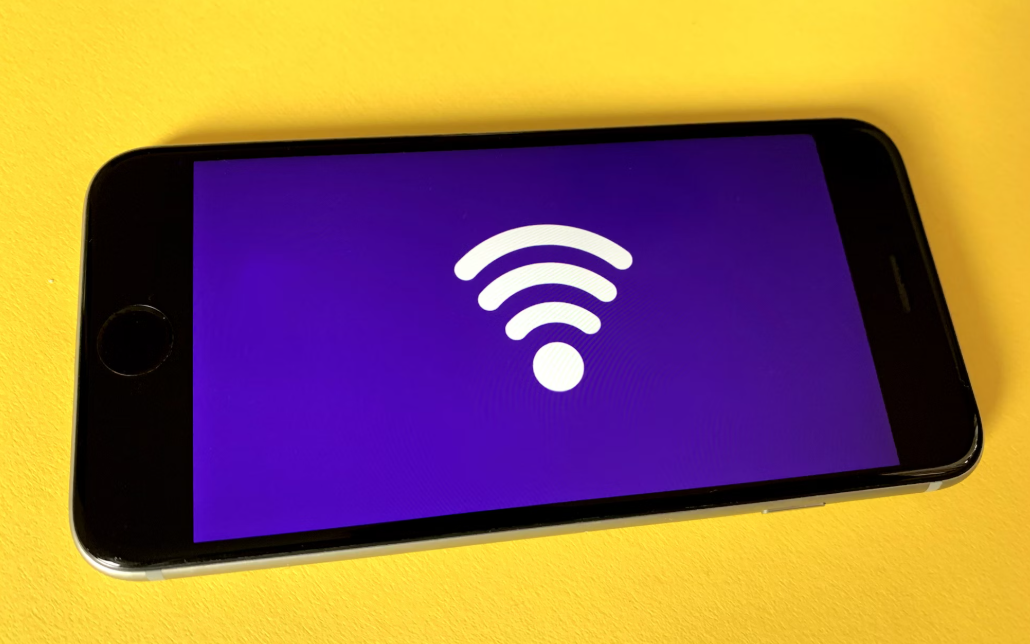7 IPLCs SLA Metrics to Negotiate with Your Connectivity Partner
-
April 7, 2025
-
6 min read

Businesses need reliable, high-speed connectivity to function smoothly. International Private Leased Circuits (IPLCs) offer dedicated, point-to-point connections that ensure secure data transmission across borders. However, IPLC services vary from one service provider to another. The key to ensuring optimal performance lies in understanding and negotiating the right Service Level Agreement (SLA) metrics with your provider.
In this article, we’ll walk you through the seven most critical IPLCs SLA metrics that every business should discuss with their connectivity partner. By the end, you’ll have a clear roadmap for evaluating IPLC offerings and making informed decisions that align with your organisation’s needs.
Service Availability: Ensuring Maximum Uptime
Service availability is the cornerstone of any IPLCs SLA. It measures the percentage of time the service is operational and accessible to users. For mission-critical applications, even a few minutes of downtime can translate into significant losses.
Defining Uptime Percentages
When discussing service availability with your provider, pay close attention to the uptime percentages they guarantee. The higher the percentage the higher the level of reliability.
Monitoring and Reporting
To hold providers accountable, SLAs should include provisions for real-time monitoring and regular reporting on service availability. This transparency allows businesses to track performance and address any issues proactively.
Latency: Minimising Delay for Real-Time Applications
Latency refers to the time it takes for data to travel from its origin to its destination. For real-time applications like voice and video calls, high latency can lead to noticeable delays and poor user experiences.
Measuring Round-Trip Time
Latency is typically measured in milliseconds (ms) and expressed as round-trip time (RTT). This represents the time taken for a data packet to travel from the source to the destination and back again.
Latency Benchmarks
When negotiating SLAs, aim for latency benchmarks that align with your specific application requirements. For example:
- Voice calls: 150 ms or less
- Video conferencing: 100 ms or less
- Online gaming: 50 ms or less
Bandwidth: Ensuring Sufficient Capacity
Bandwidth determines the maximum amount of data that can be transmitted over the IPLC within a given timeframe. Insufficient bandwidth can lead to congestion, slower speeds, and poor application performance.
Dedicated vs. Shared Bandwidth
When discussing bandwidth requirements with your provider, understand the difference between dedicated lines and shared bandwidth:
- Dedicated bandwidth allocates a fixed capacity exclusively for your organisation’s use
- Shared bandwidth involves multiple users accessing a common pool of capacity, potentially leading to contention during peak hours
Scalability and Burst Capacity
As your business grows, so will your bandwidth needs. Look for IPLC SLAs that offer scalability and burst capacity options, allowing you to increase bandwidth on-demand without lengthy provisioning times.
Packet Loss: Maintaining Data Integrity
Packet loss occurs when data packets fail to reach their intended destination. This can happen due to network congestion, equipment failures, or routing issues. High packet loss rates can degrade application performance and lead to data corruption.
Acceptable Packet Loss Thresholds
When negotiating SLAs, aim for packet loss thresholds that align with your application requirements. As a general guideline:
- Voice and video: Less than 1% packet loss
- Data applications: Less than 0.1% packet loss
Quality of Service (QoS) Provisions
To minimise the impact of packet loss, look for SLAs that include QoS provisions. QoS allows providers to prioritise critical traffic and ensure that it receives the necessary network resources, even during periods of congestion.
Jitter: Ensuring Consistent Delivery
Jitter refers to the variation in latency between data packets. High jitter can cause audio and video distortions, making real-time communications choppy and difficult to understand.
Jitter Thresholds
When discussing jitter with your provider, aim for thresholds that align with your application requirements. As a general guideline:
- Voice: Less than 30 ms jitter
- Video: Less than 50 ms jitter
Jitter Buffers and QoS
To mitigate the effects of jitter, SLAs should include provisions for jitter buffers and QoS. Jitter buffers temporarily store incoming packets and release them at a steady rate, smoothing out any variations in delivery. QoS ensures that jitter-sensitive traffic receives priority treatment.
Mean Time to Repair (MTTR): Minimising Downtime
MTTR measures the average time it takes for a provider to resolve service outages or performance issues. The longer the MTTR, the greater the impact on your business operations.
Defining MTTR Targets
When negotiating SLAs, aim for MTTR targets that align with your business continuity requirements. Industry standards typically range from 4 to 24 hours, depending on the severity of the issue.
Escalation Procedures and SLAs
To ensure prompt resolution of issues, look for SLAs that include clear escalation procedures and penalties for missed MTTR targets. This creates accountability and incentivises providers to prioritise your service restoration.
Security and Compliance: Protecting Your Data
Security and compliance are critical considerations when transmitting sensitive data over IPLCs. Breaches or non-compliance can lead to financial losses, reputational damage, and legal liabilities.
Encryption and Access Controls
When discussing security with your provider, ensure that the SLA includes provisions for end-to-end encryption and strict access controls. This helps protect your data from unauthorised access and interception.
Compliance Certifications
If your industry is subject to specific regulations, look for providers that hold the necessary compliance certifications. This demonstrates their commitment to meeting the required security standards.
How Airtel’s IPLC Aligns with Key SLA Metrics
Airtel’s IPLC services are designed to meet the stringent requirements of global businesses, aligning closely with the key IPLCs SLA metrics discussed above:
- Global Network: Airtel’s extensive network spans countries and continents, supported by numerous submarine cables and cable landing stations, ensuring minimal latency and high reliability.
- Dedicated Bandwidth: Flexible options ranging from Mbps to multiple Tbps, accommodating varying business needs without compromising performance.
- Advanced Security: Features like encryption, proactive threat monitoring, and 24/7 operational assistance ensure secure data transmission.
By carefully defining and monitoring these IPLCs SLA metrics, businesses can ensure their global connectivity meets the highest standards of performance, security, and reliability, supporting their mission-critical operations effectively.
So, keep in mind when assessing IPLC providers that it is important to consider their track record, infrastructure, and support capabilities. Look for partners that offer transparent reporting, proactive monitoring, and responsive customer service. And most importantly, don’t hesitate to ask questions and seek clarification on any aspect of the SLA that you’re unsure about.
Armed with an understanding of these IPLCs SLA metrics, you’re now well-equipped to evaluate provider offerings and negotiate terms that align with your business needs. An SLA is more than just a contract—it’s a partnership that can make or break your global connectivity strategy. By focusing on these seven crucial IPLC SLA metrics and partnering with a trusted provider like Airtel, you can build a solid foundation for your organisation’s global connectivity needs.
 Share
Share









